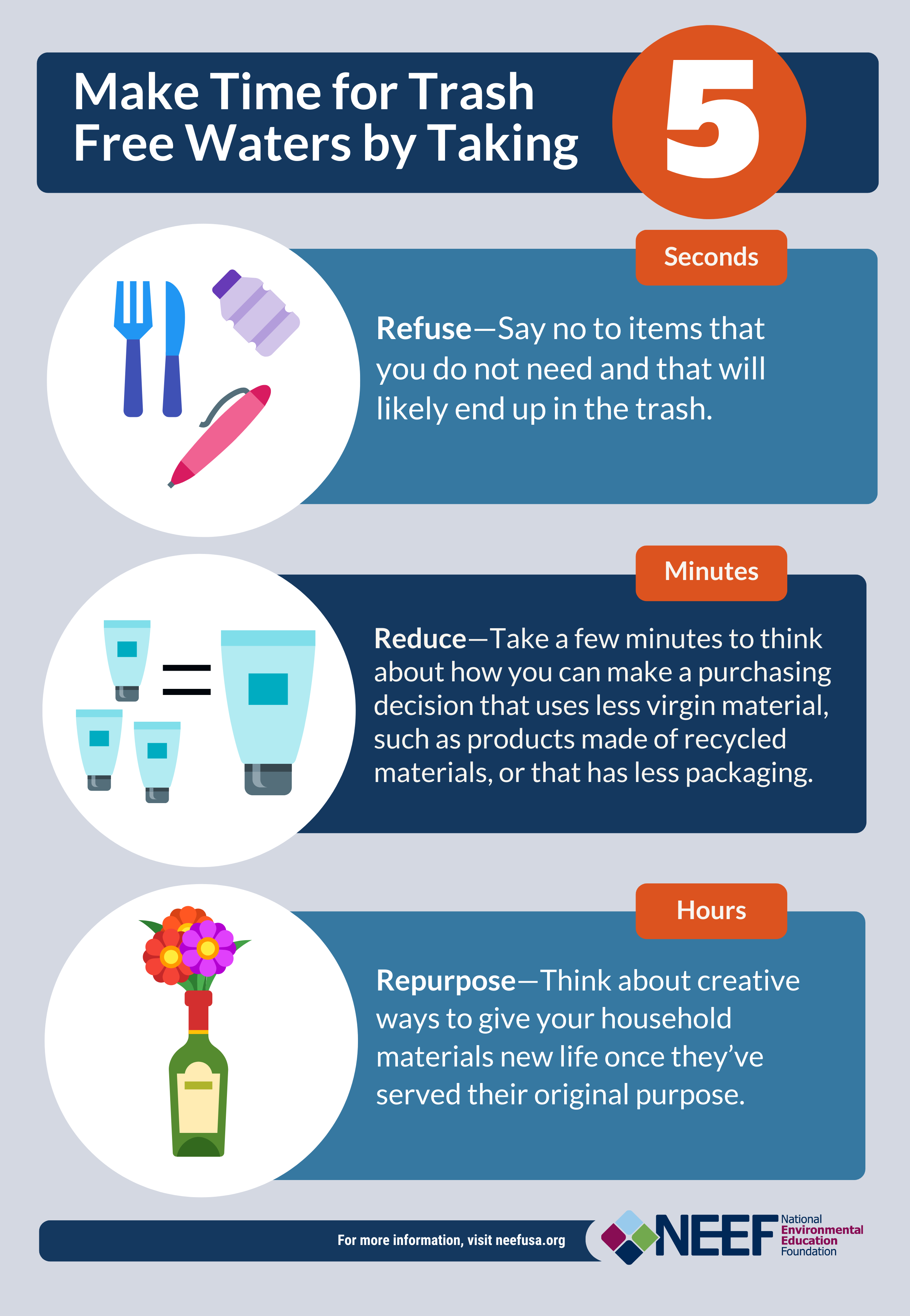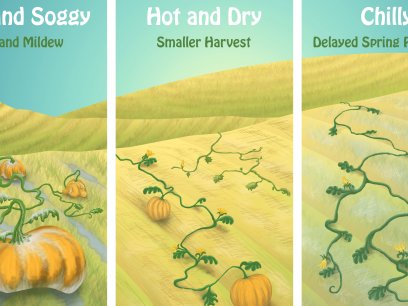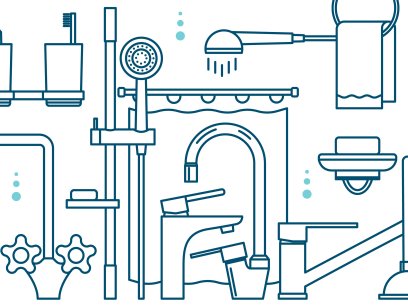
Americans produce about 4.5 pounds of trash per person each day. Our Municipal Solid Waste (MSW), or trash, is comprised of items people throw away, including packaging, food, yard trimmings, furniture, electronics, tires and appliances.
Over the last 60 years or so, the amount of waste produced at the consumer level in the United States has increased by about 300%, from about 88 million tons in 1960 to about 268 million tons in 2017. To put that in perspective, the Washington Monument—all 555 feet of its height plus the below-ground foundation—weighs 100,000 tons, meaning that the amount of waste that the US produces in one year weighs as much as 2,680 Washington Monuments.
Part of the increase in American waste production over the last six decades can be explained by population increase—in general, more people means more waste. However, the average amount of waste produced per person has also increased by about 68%, from 2.68 pounds of waste per person per day in 1960, up to 4.51 pounds per person per day in 2017.

All this waste must go somewhere, and if littered or otherwise improperly dealt with, it can end up in our waterways, threatening water quality, endangering plants and animals, and polluting the outdoor spaces that we depend on for tourism and recreation. A significant percentage of trash—especially plastic waste—comes from land-based sources, including trash that is dumped directly into waterways or carried by runoff from streets to storm drains or directly into canals, rivers, and the ocean.
In 2018, nine of the Ocean Conservancy’s top ten items from global beach cleanups were related to food and beverage packaging. Plastic, in particular, has the potential to harm the environment, wildlife, and humans. Once rivers and streams wash it from land to the sea, it can persist for years, spreading out to every level of the water column from surface to substrate as it breaks down over time into smaller pieces.
Once in our waterways, trash poses many threats. Animals can become entangled in debris and subsequently suffocate or drown. Once ingested, plastic debris that looks like food to fish, turtles, birds and marine mammals can accumulate and become lodged in their digestive systems, leading to starvation or other health effects. NOAA estimates that more than 100,000 marine mammals die every year from either trash ingestion or entanglement.
Trash in our waters can cause changes to the habitats that aquatic organisms depend on for survival. Debris that accumulates in rivers, lakes or oceans can smother natural habitats, alter the amount of light entering underlying waters and deplete oxygen levels in the water.
Humans are also impacted by aquatic trash. Marine debris can lead to declining fish populations, which can hurt the communities that rely on fisheries for subsistence, employment, income, and tourism. Trash washing up on beaches or floating in the water is unattractive and unsafe and may dissuade people from visiting tourist destinations. Boats and ships can be impacted by aquatic debris if the material tangles propellers or clogs vessel intakes, resulting in expensive repairs and delays in shipping and transportation.
Plastic marine debris presents unique toxicological threats to fish and wildlife and to humans who eat them. Certain classes of toxic chemical pollutants adhere to plastic waste in the water in such a way that the plastics act like magnets for these noxious chemicals. Over time, through exposure to UV rays, wind and waves, pieces of plastic break down into smaller and smaller pieces. When aquatic organisms eat these plastic particles, they also ingest any of the toxic persistent chemicals that the plastic had accumulated. Those persistent chemicals make their way up the food chain and may be present in the fish that makes its way to your dinner plate.
The United States relies heavily on healthy waterways and shores for clean drinking water, transportation, fisheries, tourism, recreation, protection from extreme weather, and more, and the presence of trash in these waters threatens our health, economy, and environment.
What YOU CAN Do
The good news is that we can help keep trash out of our waterways while protecting our health, economy, and environment. Whether you find yourself with five seconds, five minutes, or five hours to take part in the movement, here are some ways to help keep our waters trash free.
| What you can do if you have... |
|---|
| 5 Seconds |
| Refuse One quick way to keep your trash under control? Don’t take it in the first place! Say no to items that you don’t need and that will likely end up in the trash, such as the free pen at the bank, or plastic flatware in your takeout order. |
| 5 Minutes |
|
Reduce Reuse Recommend Recycle and Rot Rein in the Curbside Collection
|
| 5 Hours |
|
Repurpose Read Up
Rectify |
This article was produced by the National Environmental Education Foundation in collaboration with EPA's Trash-Free Waters program.


